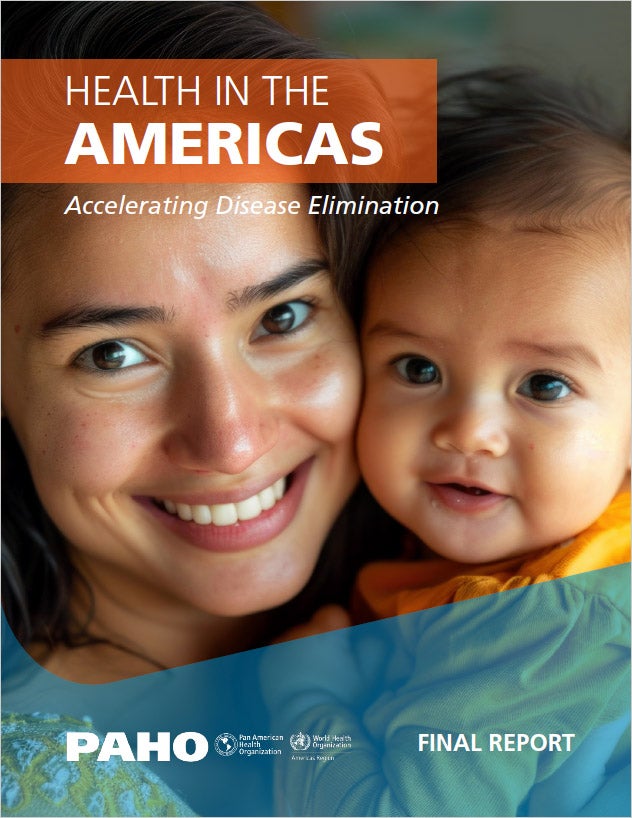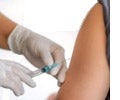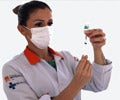CURRENT TOPIC
Accelerating Disease Elimination

Executive Summary
Since the founding of the Pan American Health Organization, the Region has made significant progress toward disease elimination. Over the last several decades, the Region has eliminated a number of diseases.

Overview of the Elimination Initiative
The Elimination Initiative envisions a future free of the burden of more than 30 communicable diseases and related conditions in the Region of the Americas, beginning no later than 2030.

Regional Progress towards Elimination Targets
Progress towards elimination targets varies widely across diseases and countries. Seven diseases have been eliminated region-wide, including polio.

Perspectives on Disease-Specific Interventions
The Elimination Initiative in the Americas faces complex challenges, including healthcare disparities, political and economic barriers, and inadequate surveillance.

How to Accelerate the Elimination Efforts in the Region
PAHO's experience in disease elimination has yielded valuable insights into integrated strategies across health systems and services, surveillance and information systems.

Achieving elimination
Since the Elimination Initiative launched, PAHO and Member States have documented challenges, lessons, and effective strategies. Lessons learned from the Elimination Initiative will help in the achievement of resilient health systems.

A Word From The Director
"In 2019, the Pan American Health Organization (PAHO) and Member States approved the Elimination Initiative, an ambitious, comprehensive, person-centered framework aimed at eliminating more than 30 communicable diseases and related conditions in the Americas by 2030." Read the Director's Message

Acknowledgments
Gratitude is extended to the working group members for the coordinated insightful inputs from the various technical teams, countries, and territories throughout the Americas Region.
Read the Acknowledgments




